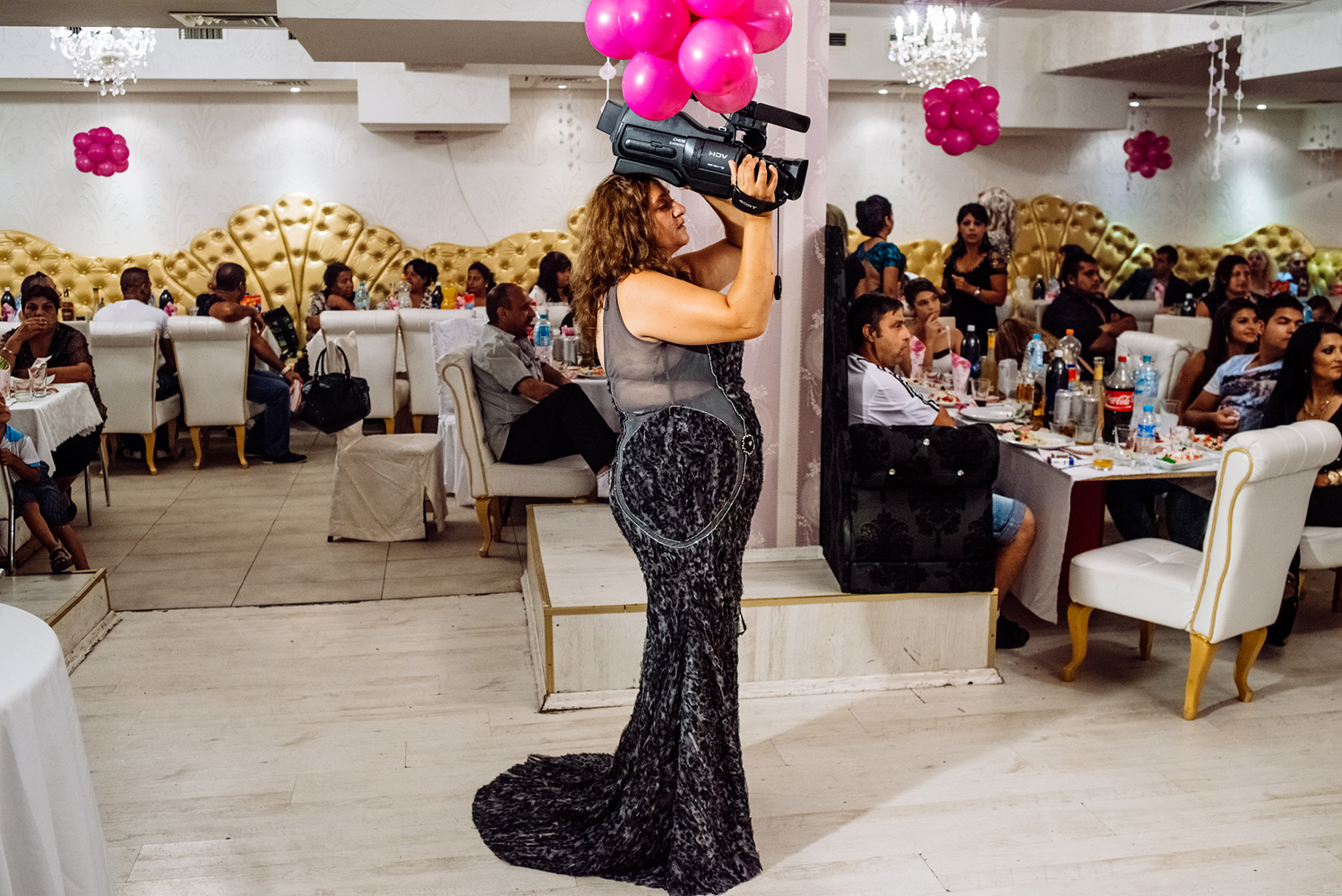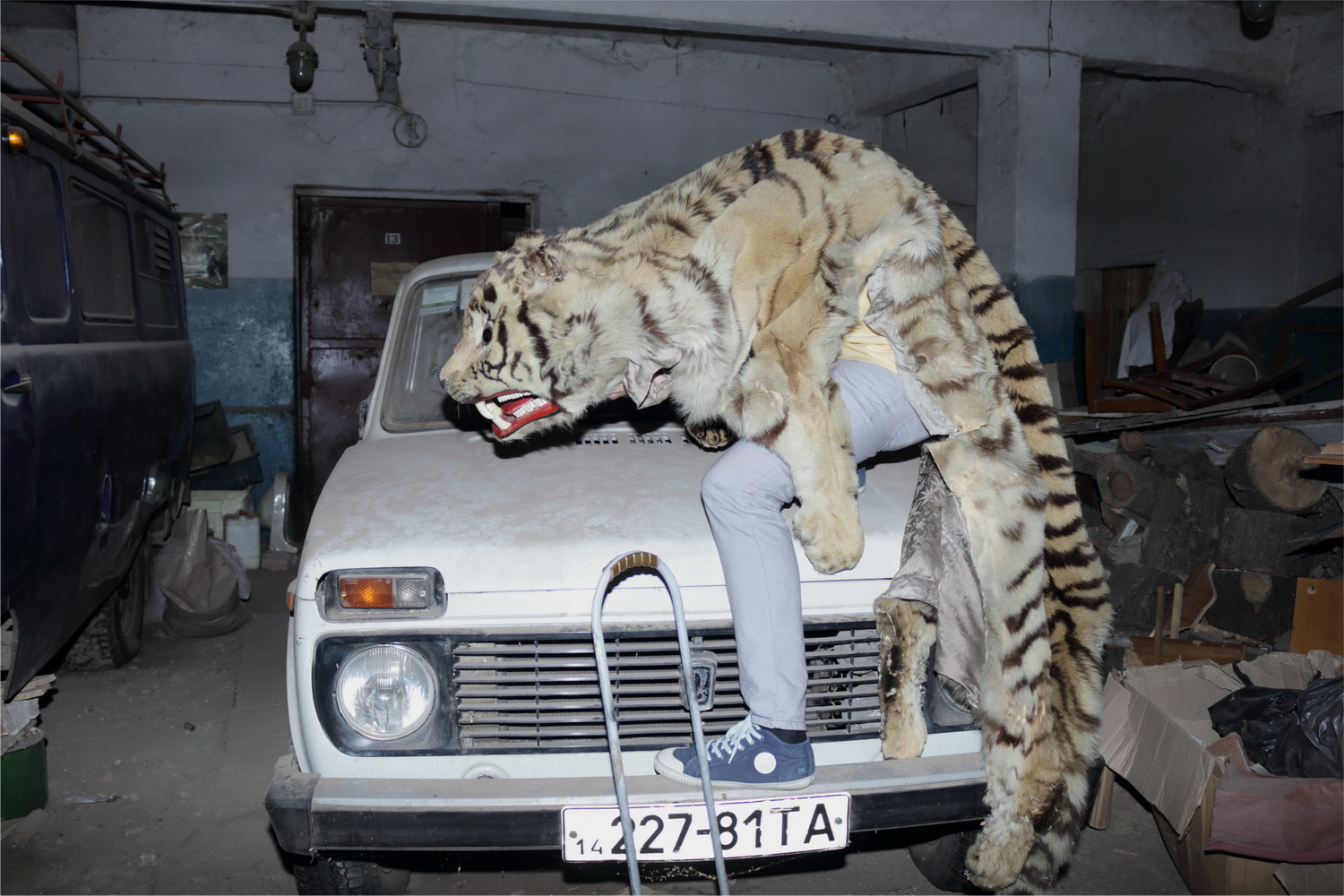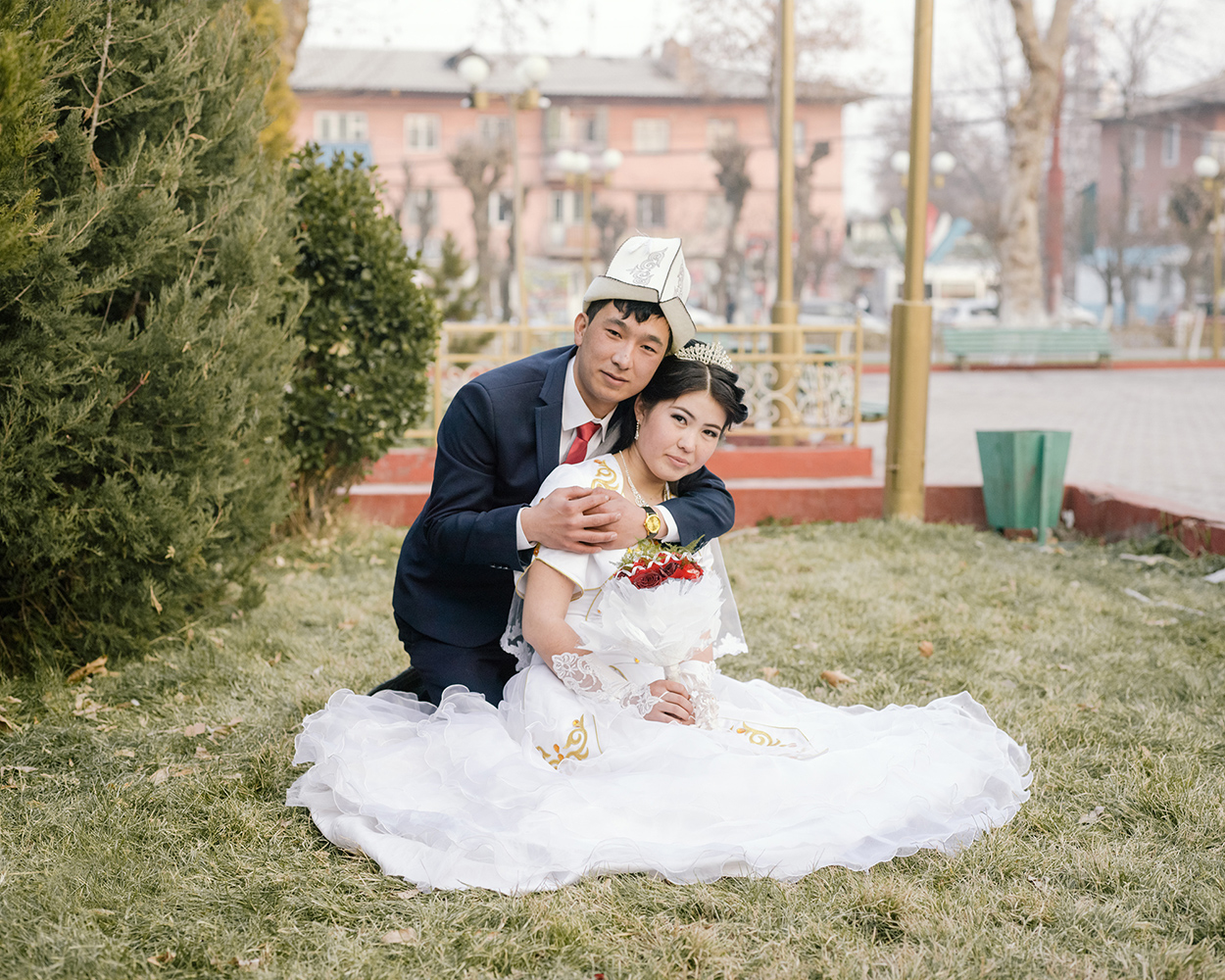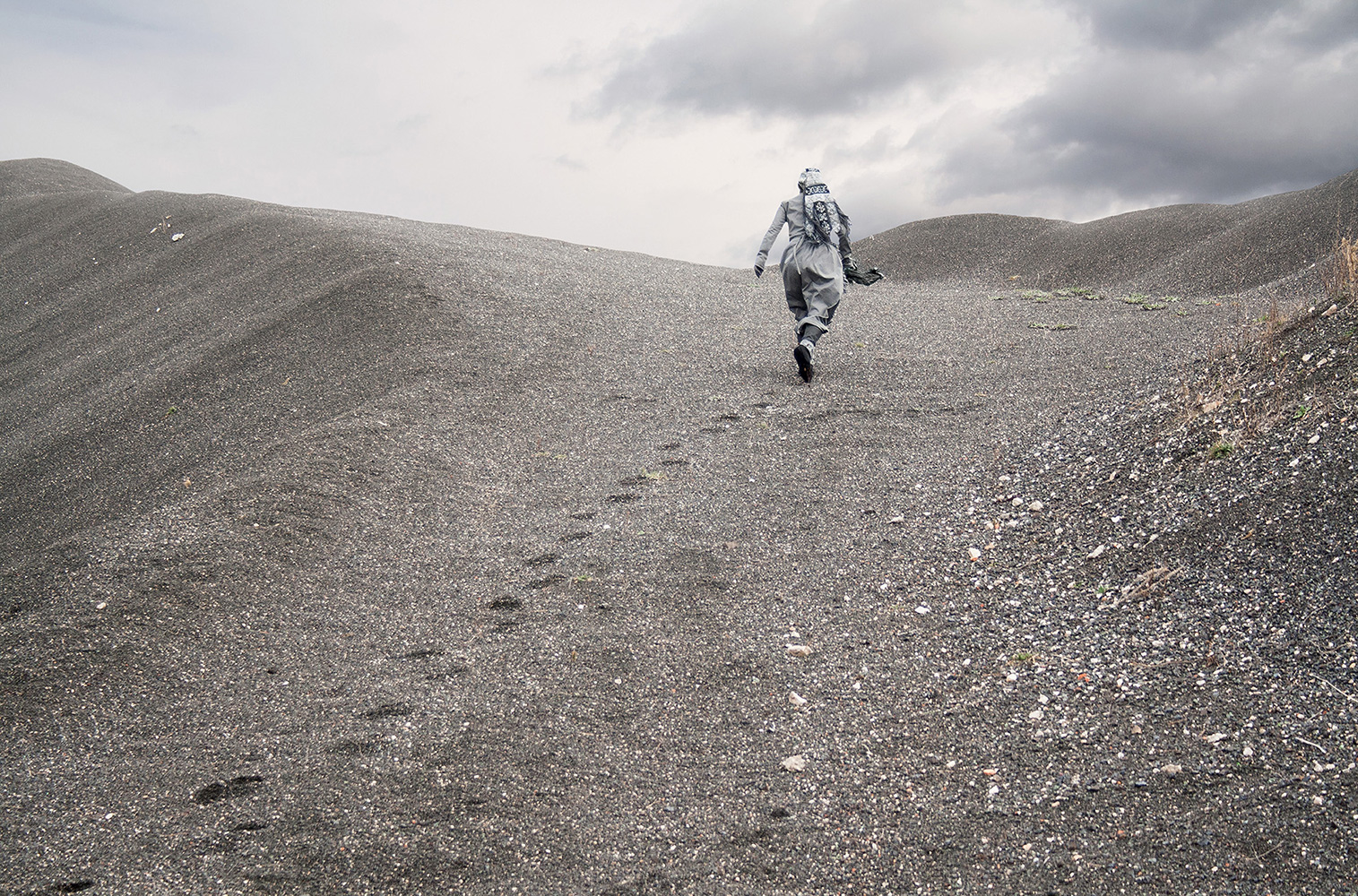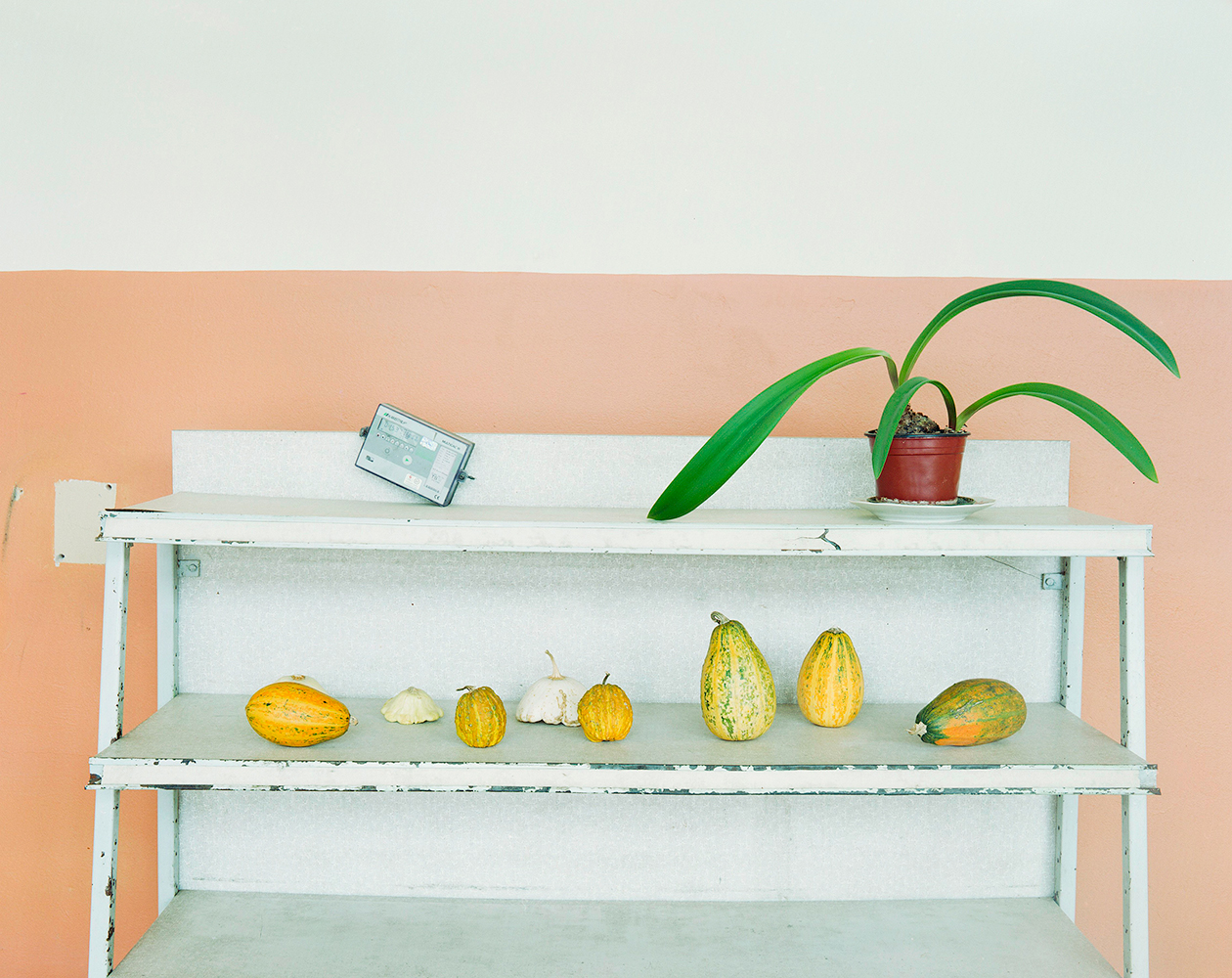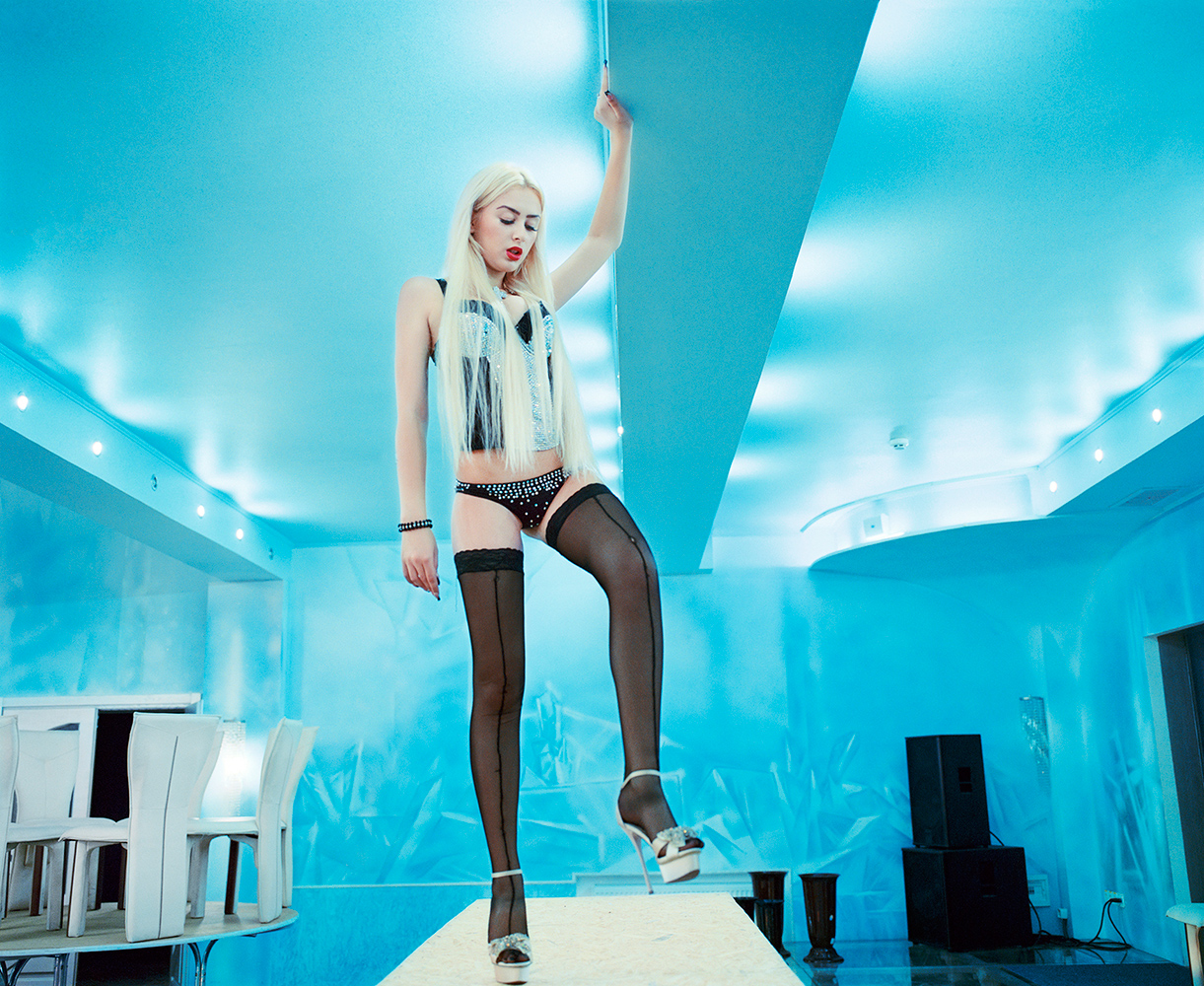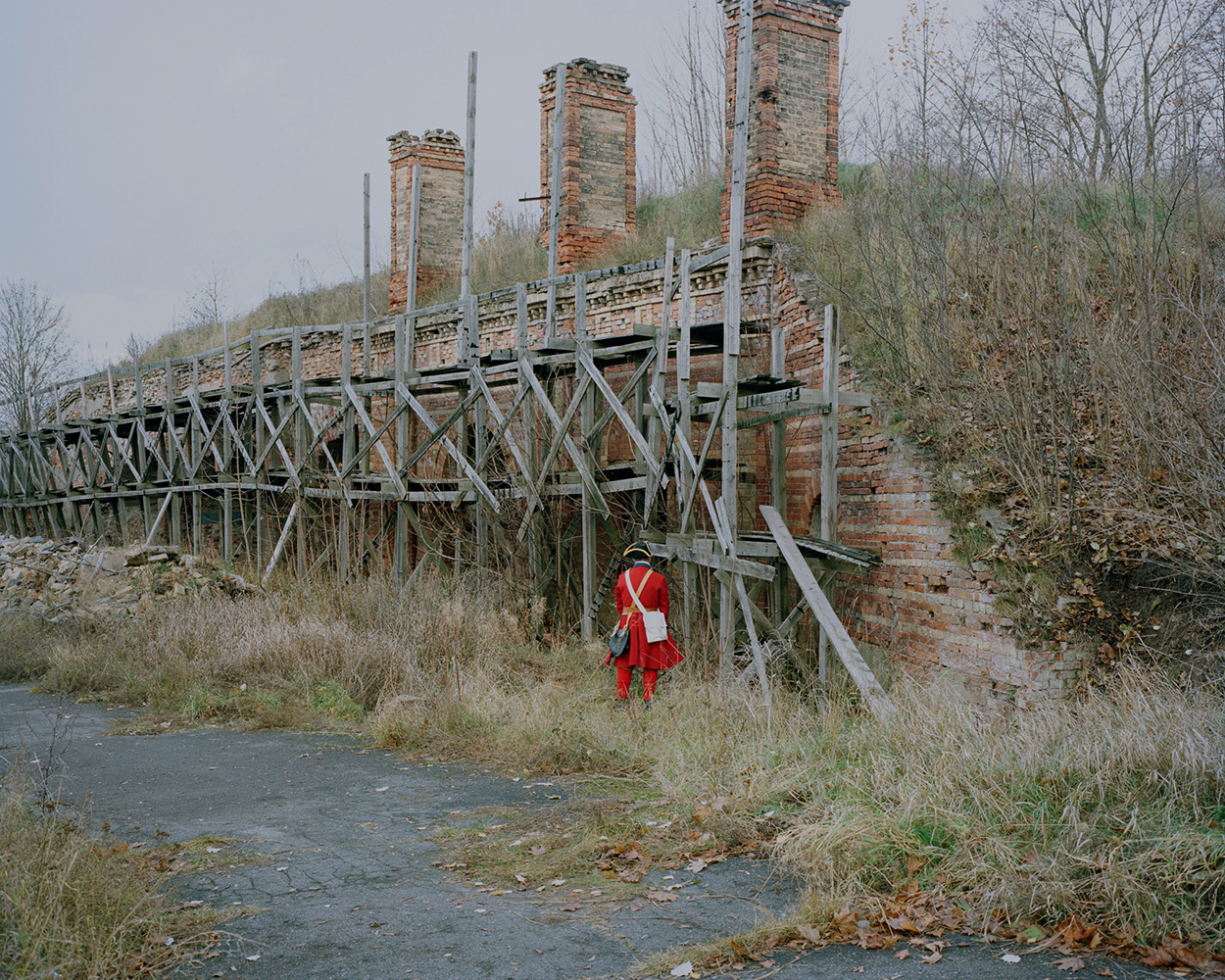

New East Photo Prize: Borrowed Territories by Lucian Bran
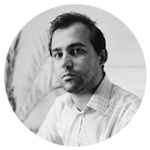
Born in Brasov, Romania. Lives in Budapest, where he graduated from the Academy of Fine Arts. In 2011, received the first prize of The Jersey Contemporary Photography Programme. Is represented by Galeria Posibilă.
— I began taking photos about 12 years ago, at a time when I was studying informatics. It wasn’t something I was really attracted to so I wanted to find something else to get involved with. Somehow I found out about a photography course at a local arts and crafts school in my hometown, Brașov, so I enrolled and began learning about photography. Back then, analog photography was still widespread, so I spent a lot of time developing and enlarging black and white film in the darkroom. I got hooked, and the year after I came to Bucharest to study photography at the National University of Arts.
I’ve been shooting landscapes since university, but my way of doing it has changed a lot over time. The core of my work deals with the intersection between man and environment; with every new project I try to add something new to this idea, to explore this issue further.

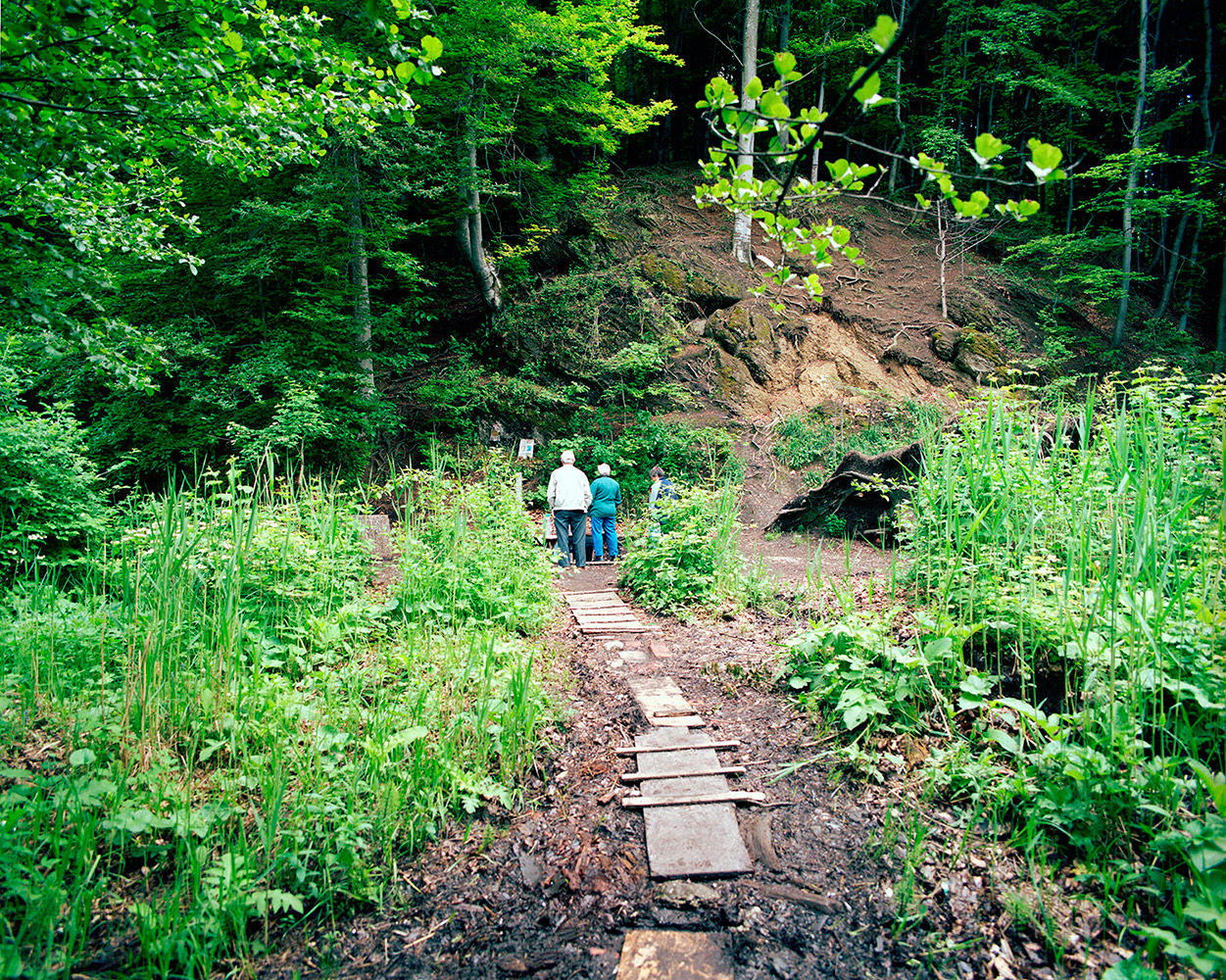
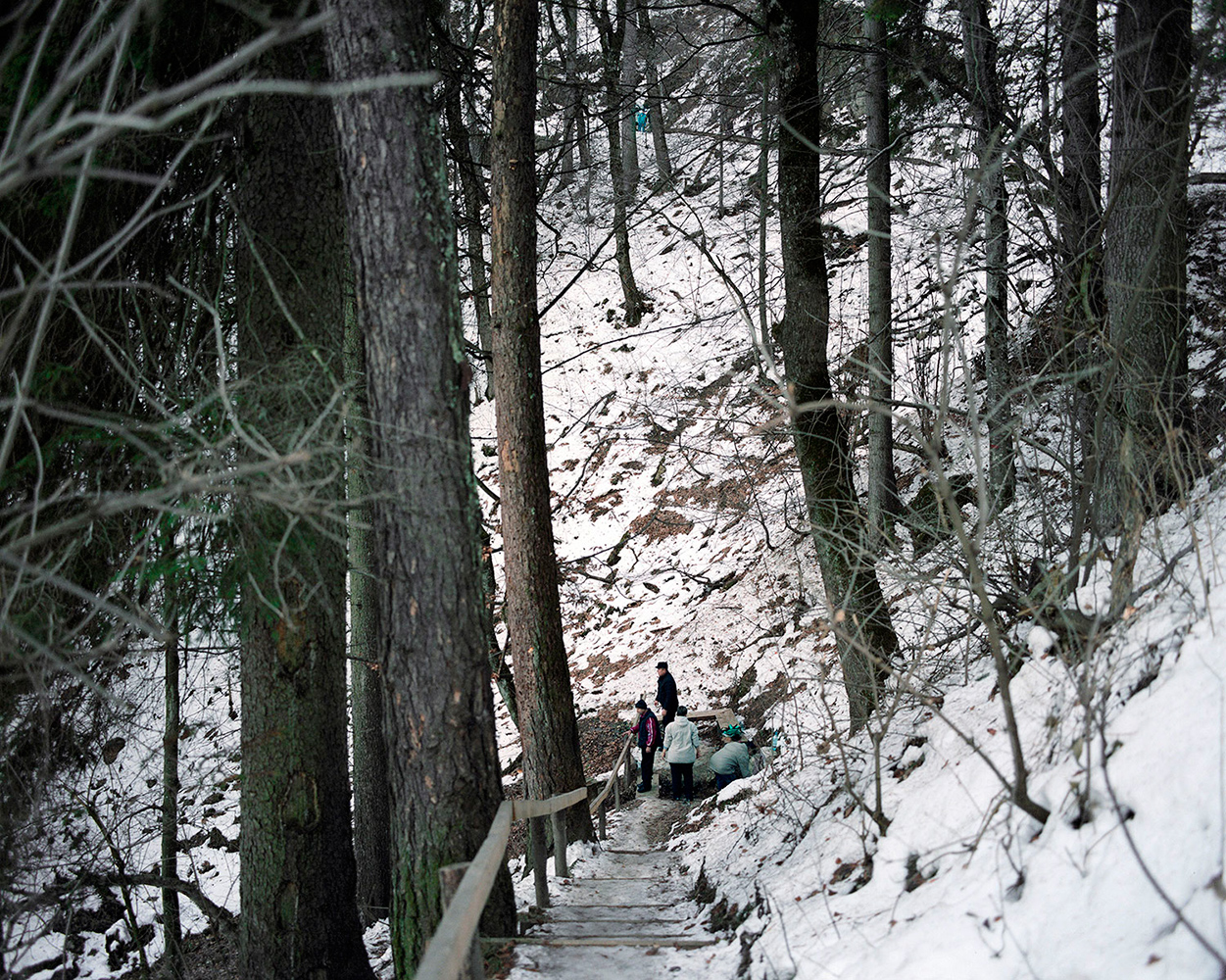


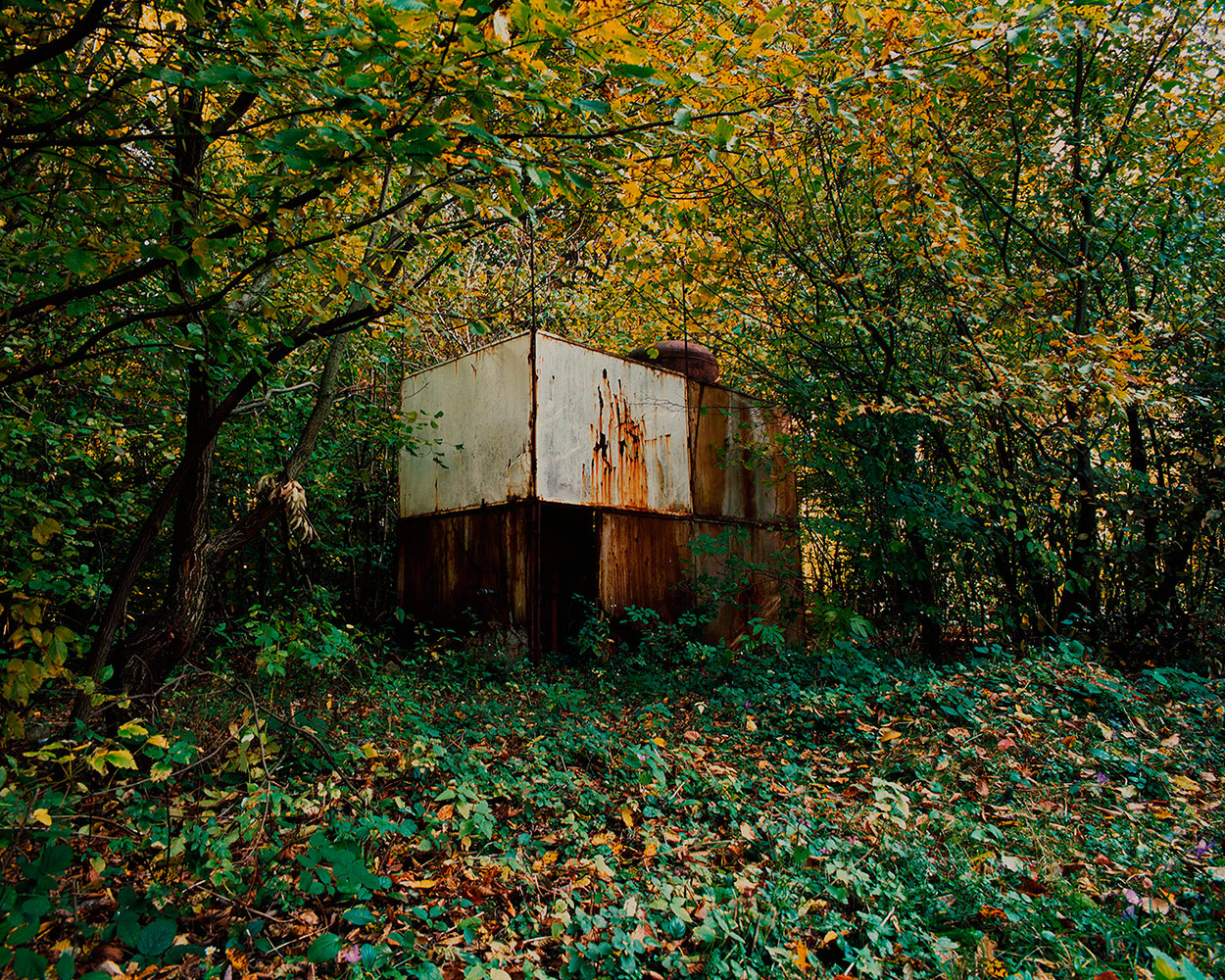
My first projects derived from childhood fixations. In order to create work that was personal, I started to pursue these obsessions. I tried to follow and recreate feelings that I had as a child, when, living near a mountain, most of my free time was spent exploring the forests near home. These ventures led to my interest in shooting landscapes and observing how people interact with them. The representation of the surrounding scenery took many forms and contexts, from physical encounters with bizarre constructions I found in the middle of the woods, to landscape wallpapers I noticed in living rooms, restaurants, and even churches.
I first had the idea for Borrowed Territories back in 2011 when I moved back to my home town. A friend of mine was working on the TV series Hatfields and McCoys, about feuding families in 1880s America, produced by the History Channel. A year later I started to get interested in a new approach to landscape, studying it on an abstract level. I was more focused on the land itself, its geological characteristics, how identity is attributed to a territory, and the way this is perceived through time and space.
Then I remembered about Hatfields and McCoys; the thoughts I was having could be found in this series, which was shot in a different place to the one where the real events happened. The idea developed in time and got new connotations; in 2014, given the nature of the work and the level of immersion it called for, I got a large format camera and started work on it. First I wanted to take macro shots of the plants on site, but then I realised that I could use another technique to capture them. Through scans I referred to the concept of “borrowed nature” and to the herbariums we used to make in school to study vegetation. These plants were not only “witnesses” to the filming; through the postproduction process, they took on a different identity and told a different story.

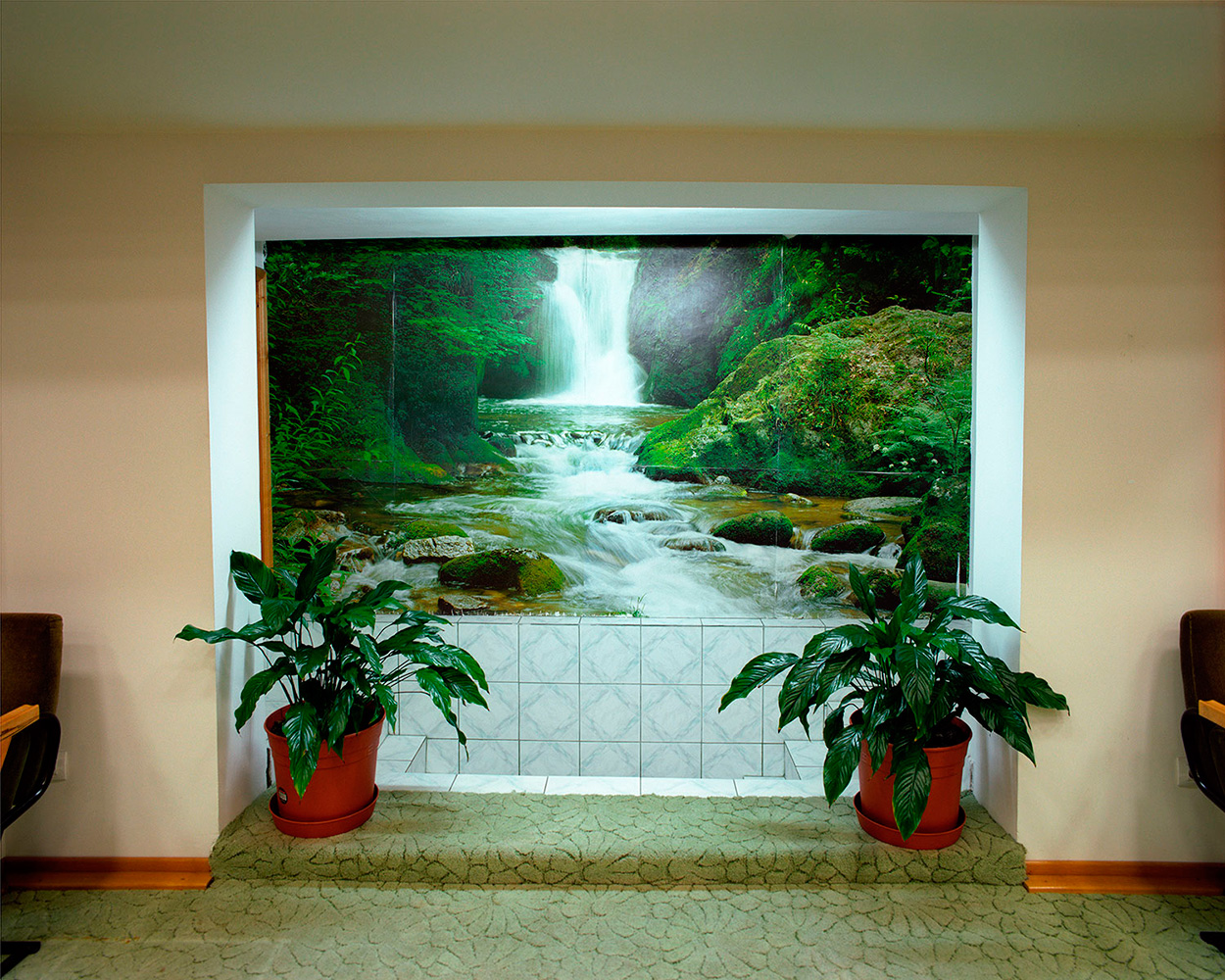
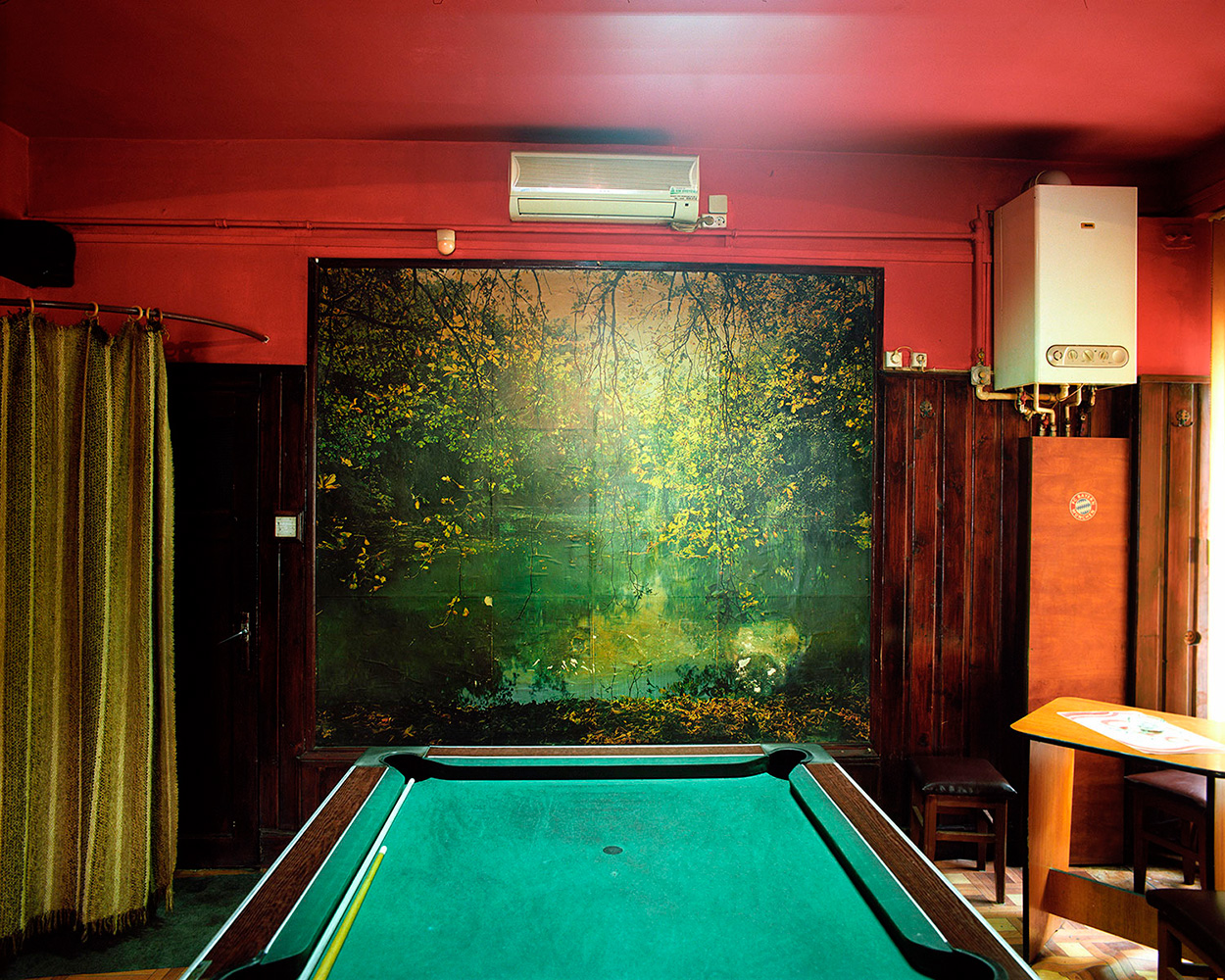
The shots from the studio sets also contributed to this notion. These images are the skeleton that holds together the visual layer, the one seen on TV. Viewed from the correct angle, these sets transport the viewer into the story of the film, but when viewed from behind they break the spell created by the movie.
I did my research for the project by searching the internet for information that could reveal the locations for the set, watching the film over and over again, and calling my friend that worked on the movie about the exact spots. Most of the places I visited were near my home town, or near Bucharest where I live now. I traveled a lot between the cities in order to shoot the locations, almost all of them I shot several times. Some of the places I photographed I’d been to before but didn’t recognize when watching the movie. I was surprised when I arrived and saw them with new eyes.
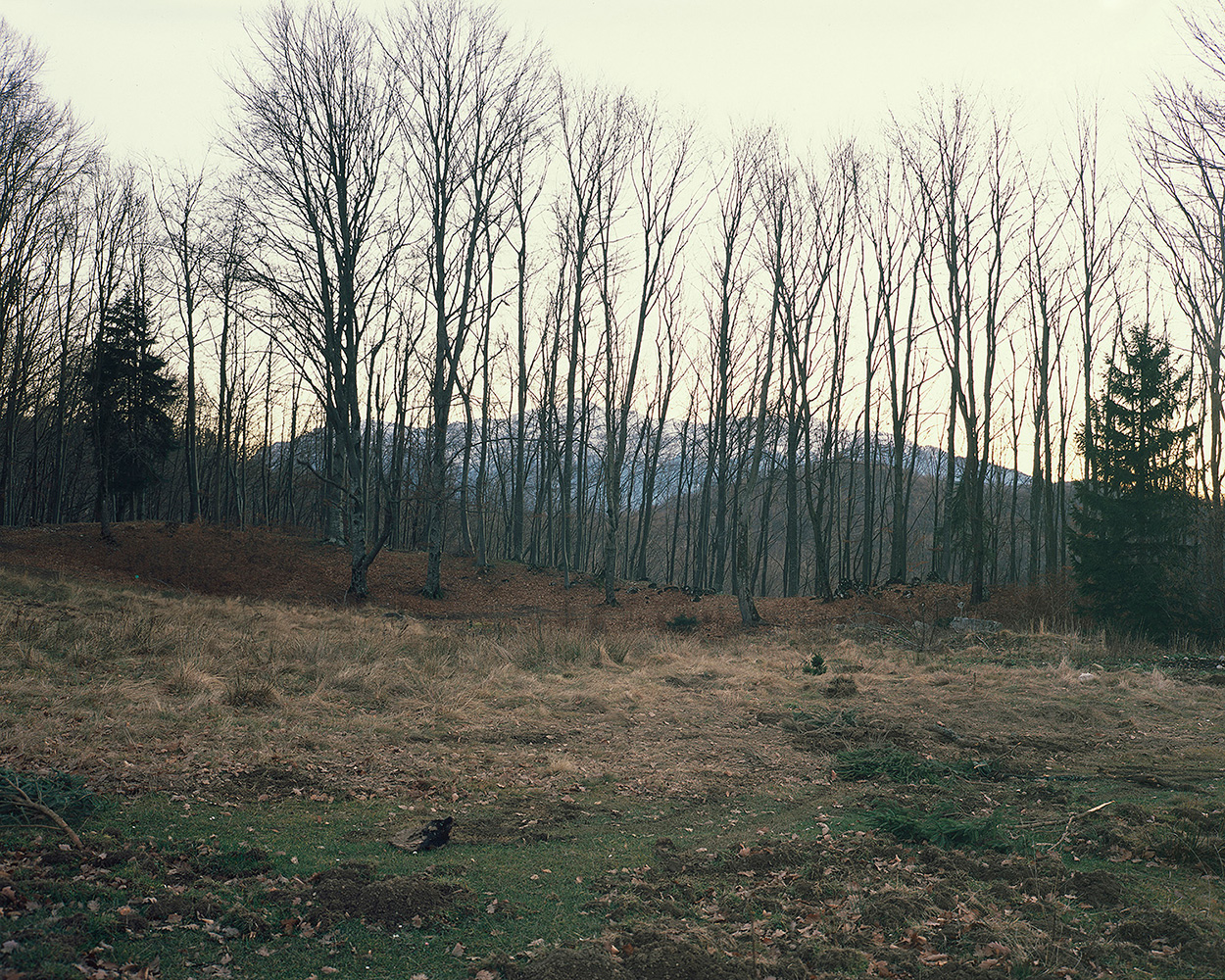
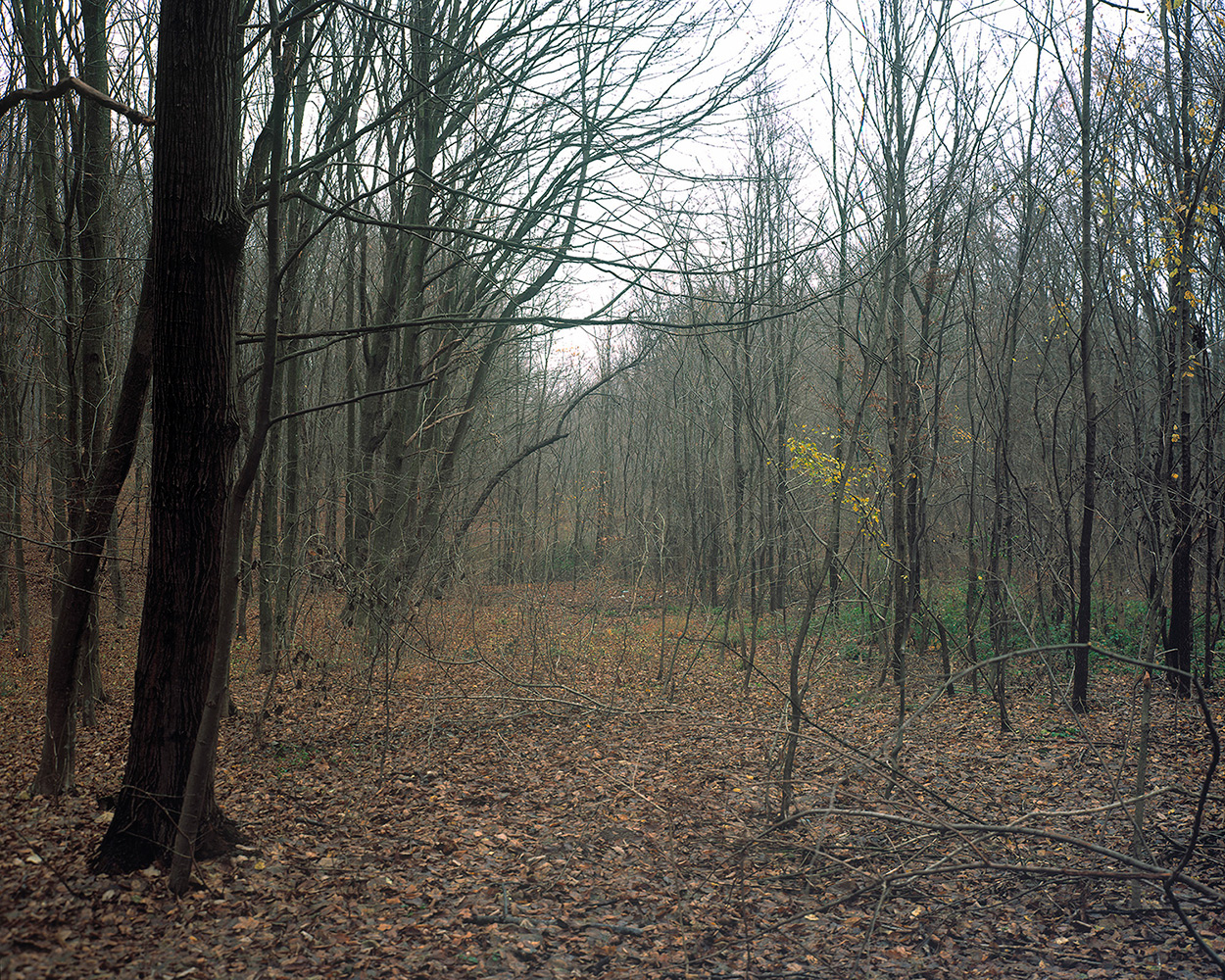


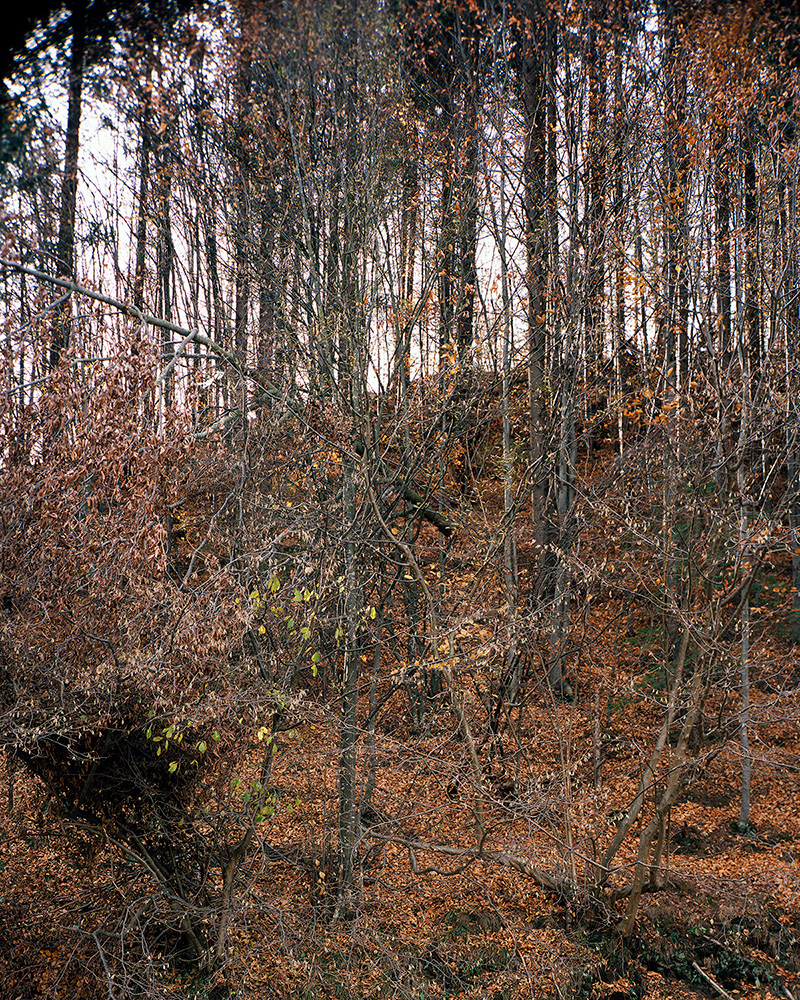
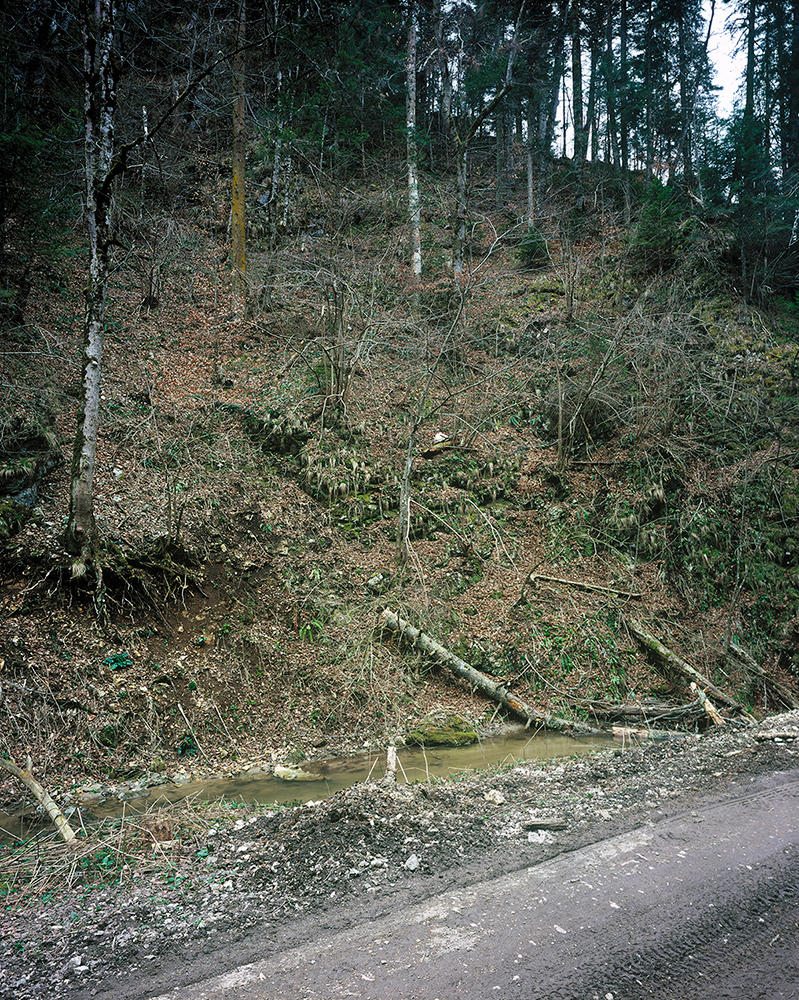

One of the most unusual stand-in movie landscapes I discovered was after driving from Brașov by car, passing through Râșnov and Zărnești until I reached Bârsa Fierului. I stepped onto the land where, in the film, you see American soldiers shot and their blood seep into the earth; in the film it was American land somewhere in Kentucky almost 150 years ago. This was rather unusual, and it can have a powerful effect. You can almost feel it as some kind of time/space travel.
As a photographer you have to reveal things the way they are, and one of the most important aspects of this is to stop at the right time. You can easily overwork a project, and this can lower the value of your work. I believe that, mostly in artistic projects, you don’t have to reveal everything. At least that’s the way I do it. Try to keep something unknown, let the viewer add something from their own mind, so they can get involved in your work. If you have too much information, you can get bored. You don’t have to please everyone with your images.
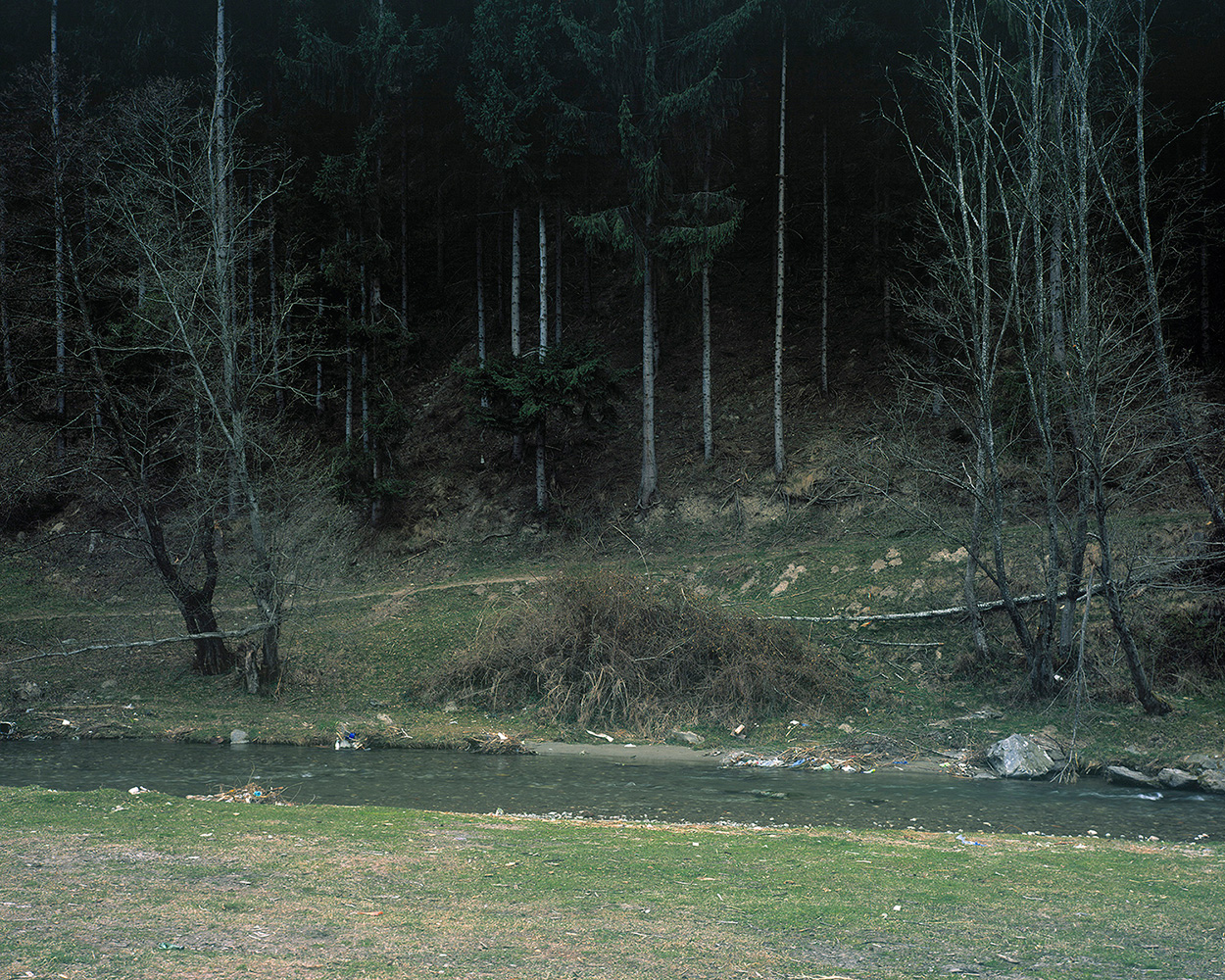
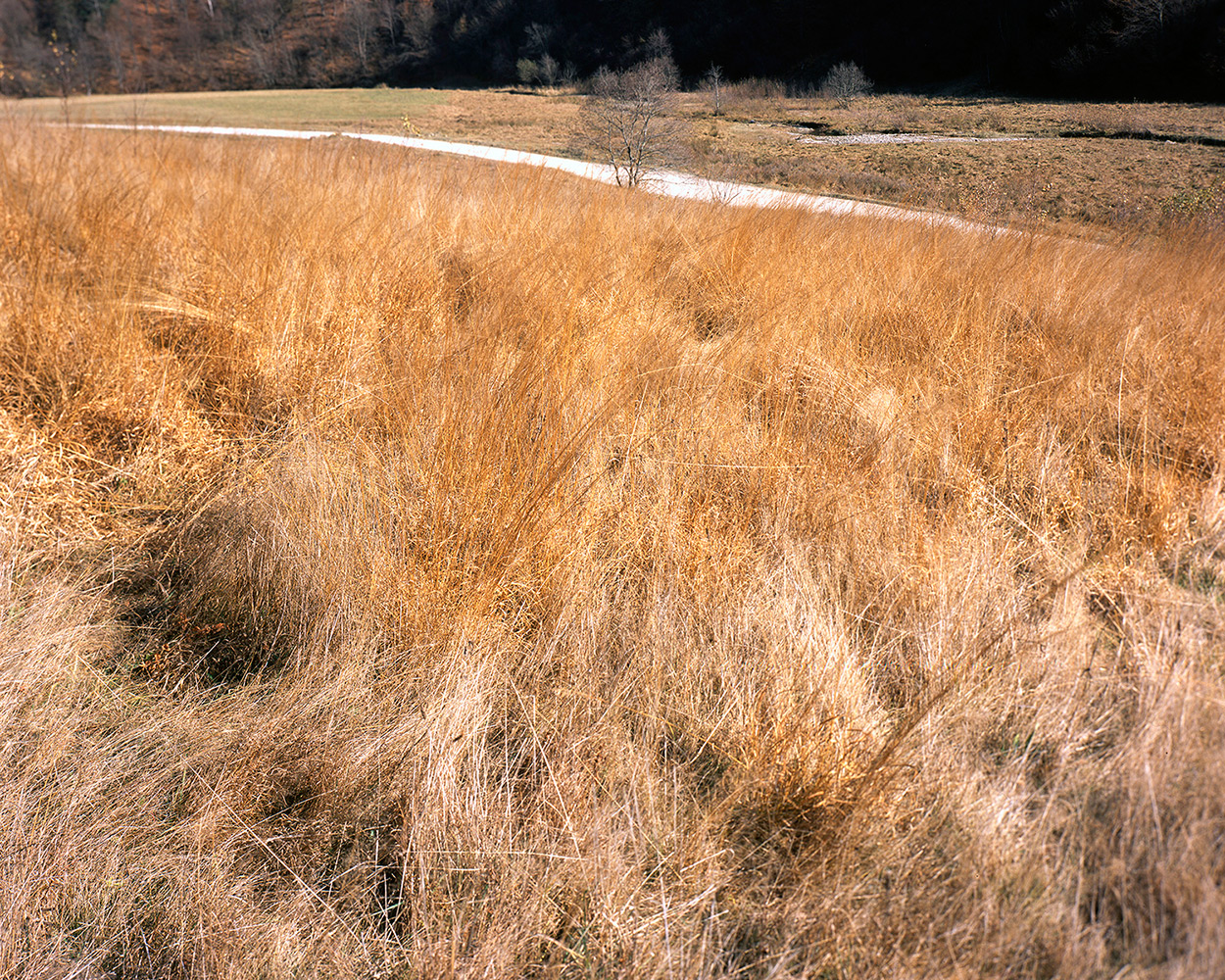
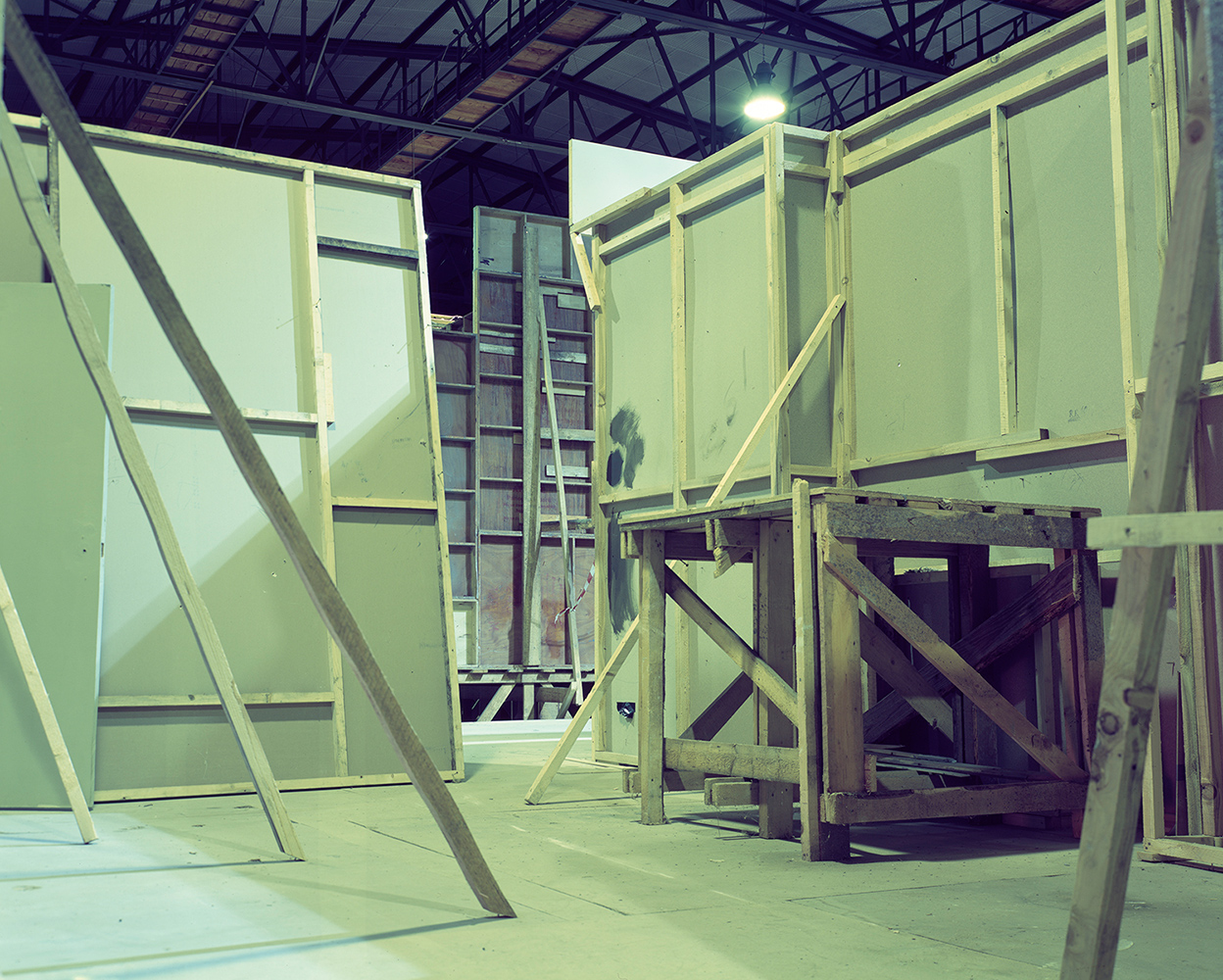

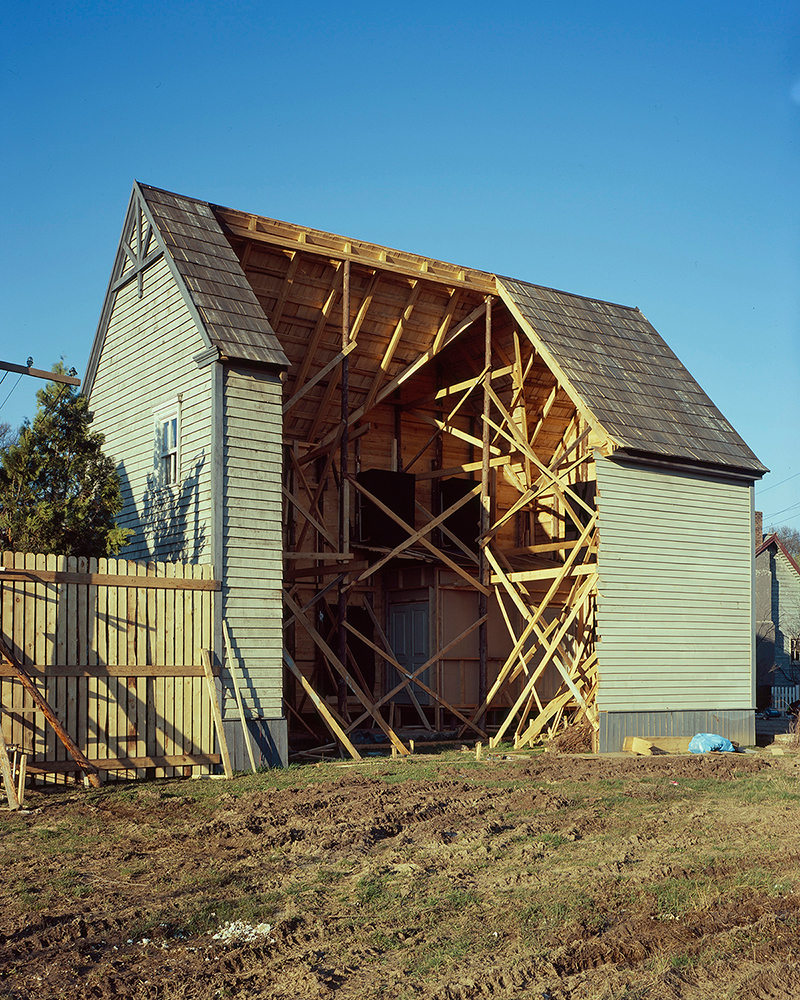
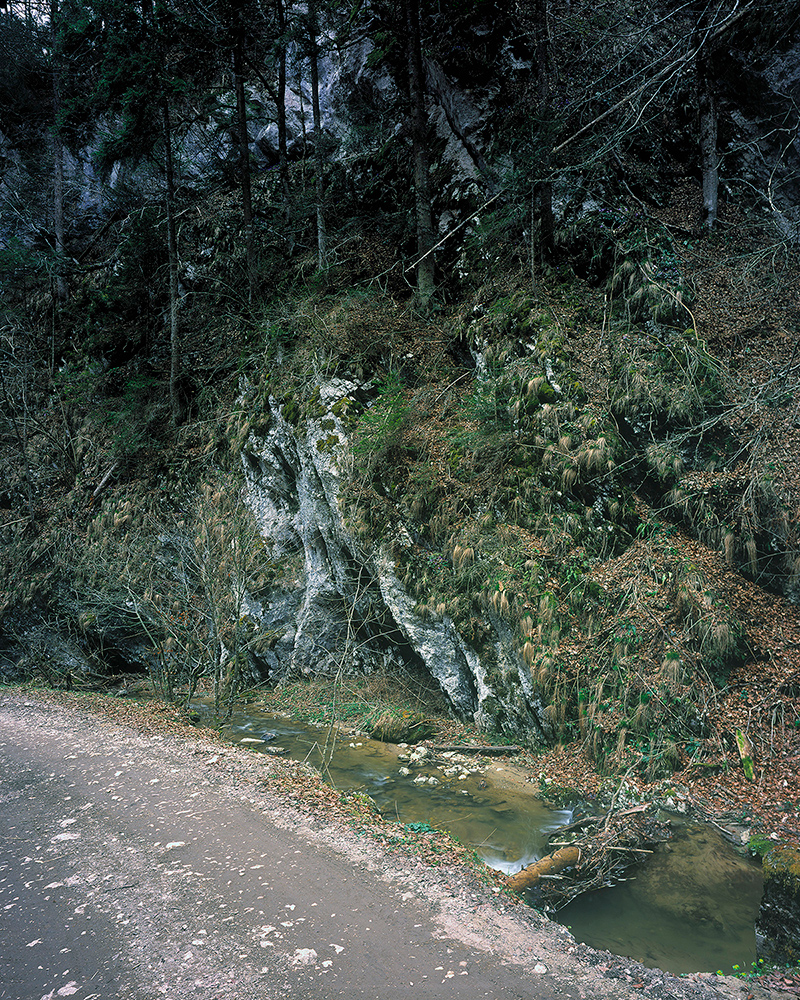

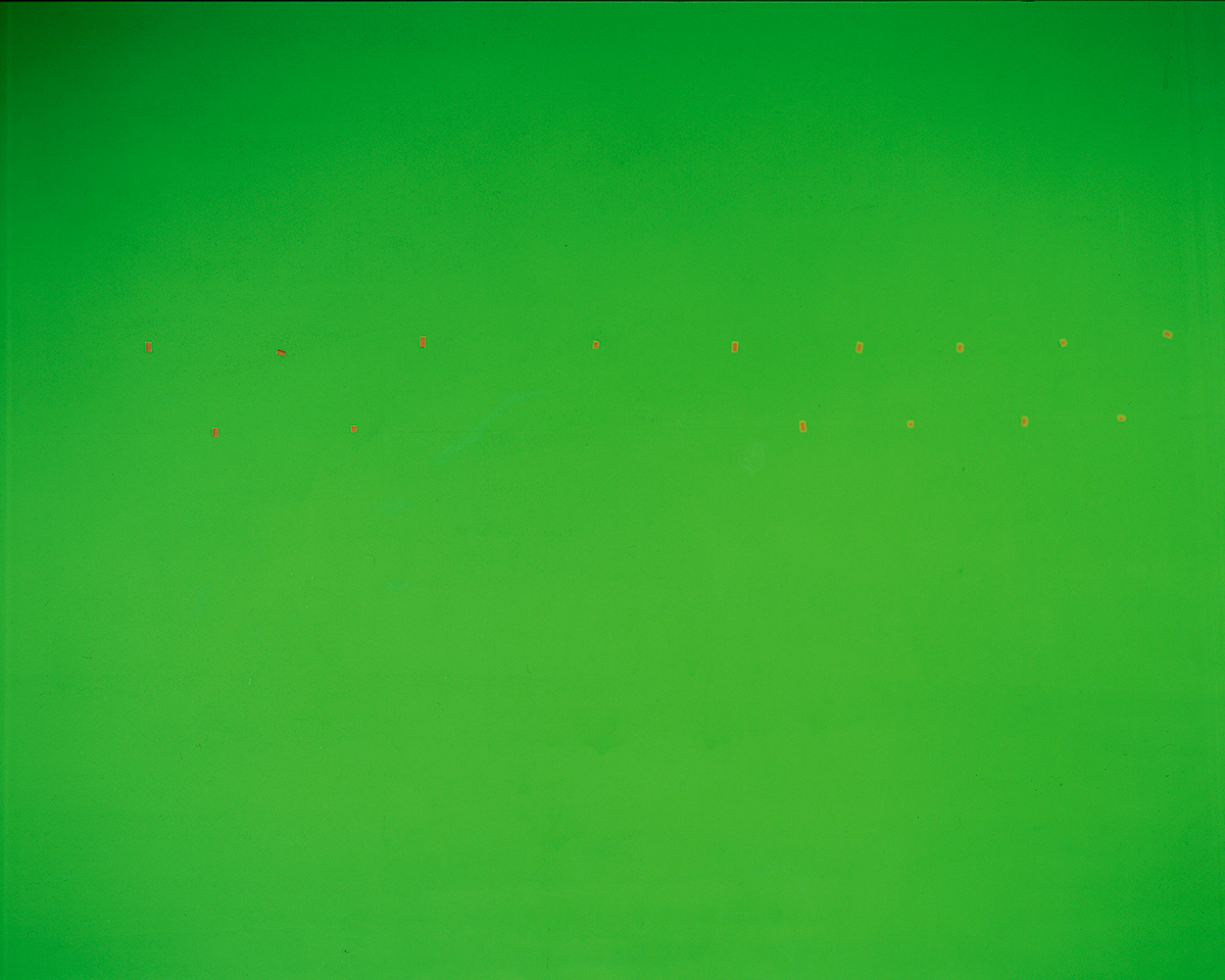
Text and image: Lucian Bran
Interview: Liza Premiyak
This interview was originally published by The Calvert Journal.
Others project materials

New and best


















